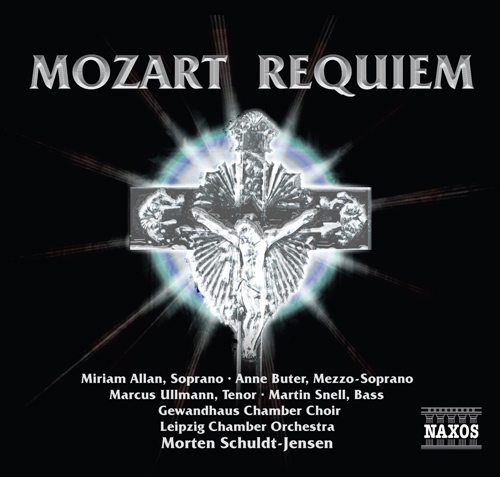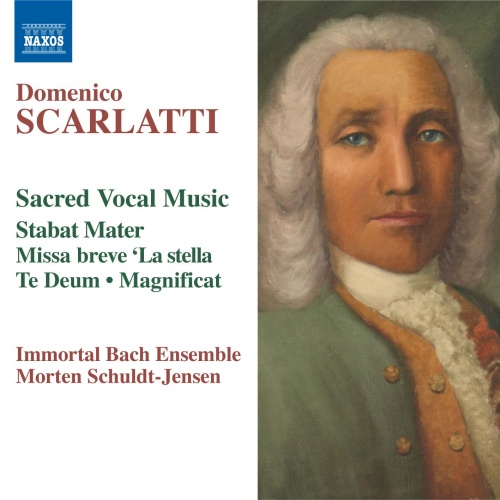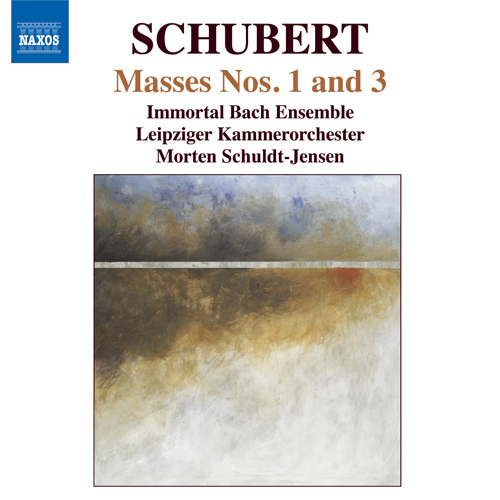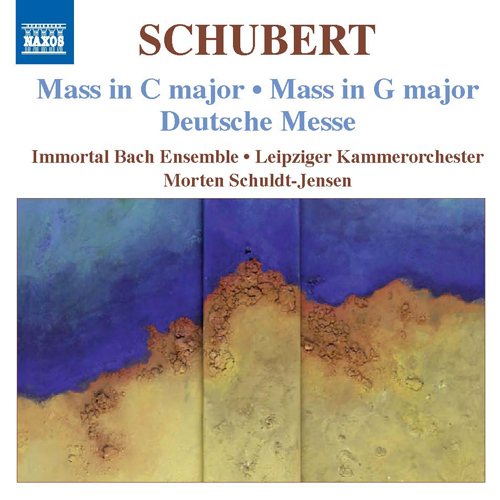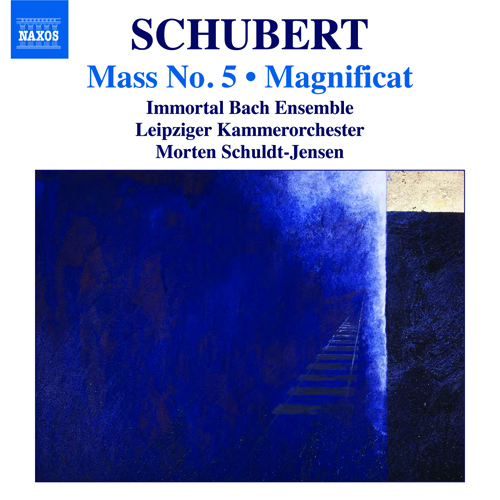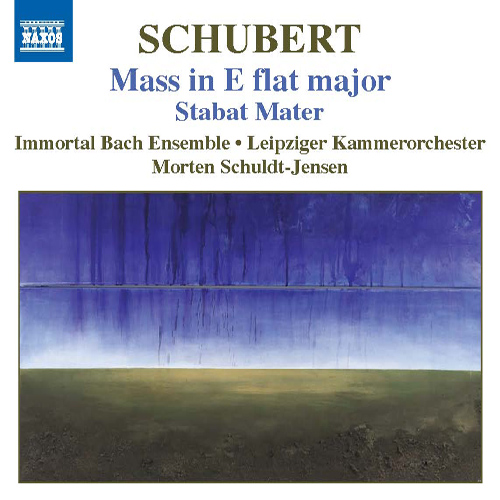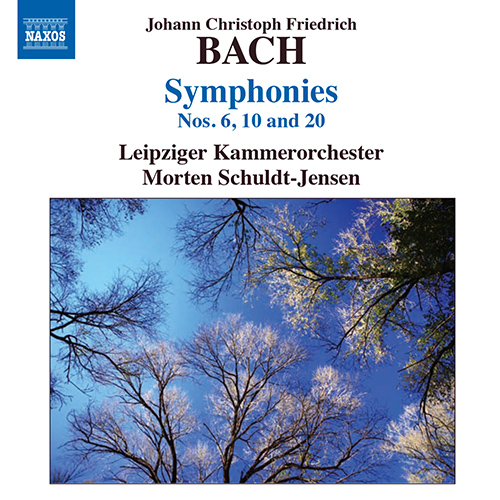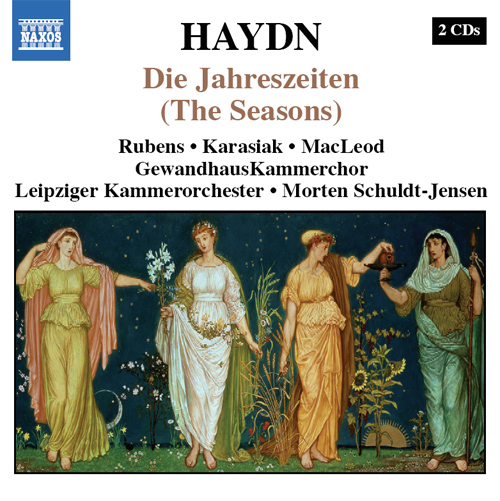An Acclaimed Conductor with a Sense of Fun – Morten Schuldt-Jensen Talks to Jeremy Siepmann
January 01, 2011
As befits conductors of distinction, Morten Schuldt-Jensen is an all-rounder, his tastes ranging as widely as his approaches to performance. Equally comfortable and accomplished in both choral and orchestral conducting, he found his professional feet, as it were, at the Royal Danish Academy of Music, prior to earning a Masters degree in musicology at the University of Copenhagen. His acclaimed Naxos recordings over the last few years bear witness to his range, embracing vocal music by Domenico Scarlatti, symphonies by J.C.F. Bach and choral and orchestral music by Haydn and Mozart, as well as a complete cycle of the great masses of Schubert.
Now an artist, scholar and esteemed academic, he began his professional life as a singer—a fact which initially determined his direction as a conductor: ‘The orchestra was not a realistic option at that point because I didn’t play a single orchestral instrument, so I had no experience of playing in an orchestra. It was an easy matter, though, to assemble a choir of my co-students and singer friends, and that was how I began my career as a choral specialist (choral conducting, as I then believed, requiring no more than a good voice!)’.
In the years that followed, Schuldt-Jensen was much in demand (still is) as a so-called Chorus Master, whose job is to prepare choirs for performances ultimately given under a different, frequently imported, orchestral conductor, who as often as not is happy to take all the credit. It’s a role, however, which Schuldt-Jensen takes with characteristic seriousness. ‘I try if possible to learn as much as I can in advance about the conductor I’m preparing the chorus for. If he has recorded the works we’re going to sing, I try and hear his recording and get a clear understanding of his sense of style. So often I’ll prepare the choir at first in raw form, if you will, and then I’ll prepare them for certain specialties of the conductor in question.’
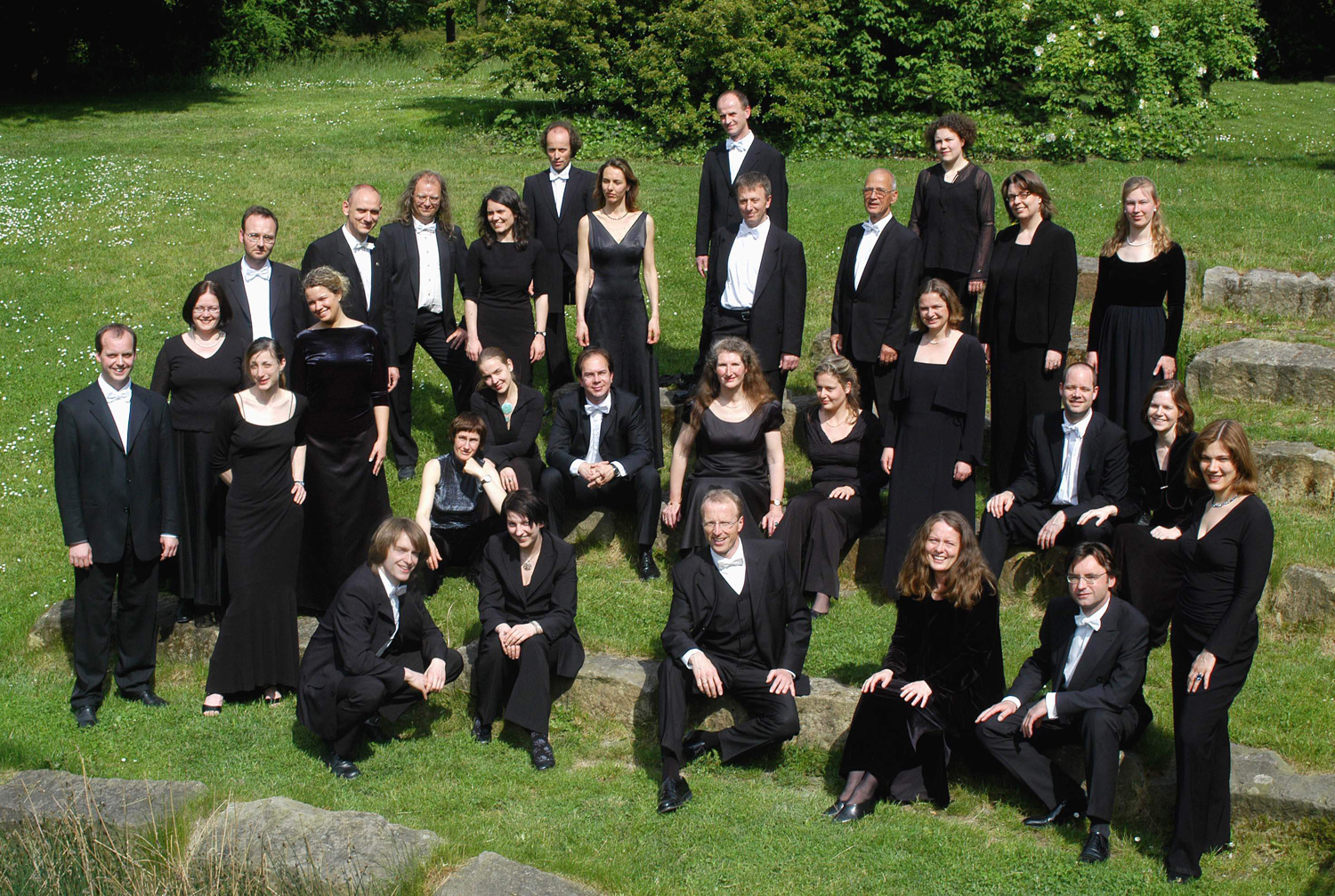
It’s a rewarding, demanding, and sometimes also a thankless and frustrating task—behind which lurks a problem which troubles Schuldt-Jensen greatly. ‘It really saddens me how the training of orchestral conductors generally leaves them almost entirely ignorant about choral work. And then they go out into opera houses, and they conduct big choral and symphonic events without a clue about what gestures are good, and what movements are an absolute catastrophe for singers. They know as little about choral life as I used to know about orchestral life. The fact is, though, that they’re very, very different, these two great masses of sound, and you really have to know both in order to get the best out of them. But, you know, there’s virtually always considerable rivalry between choirs and orchestras. Never mind whether they’re professionals or amateurs, there’s always an element of competition. It’s almost a class thing. In many places they make a distinction even in the job description, so you have an orchestral ‘conductor’ but a choral ‘leader’. In Germany, eyebrows rise if you say you are a choral conductor.
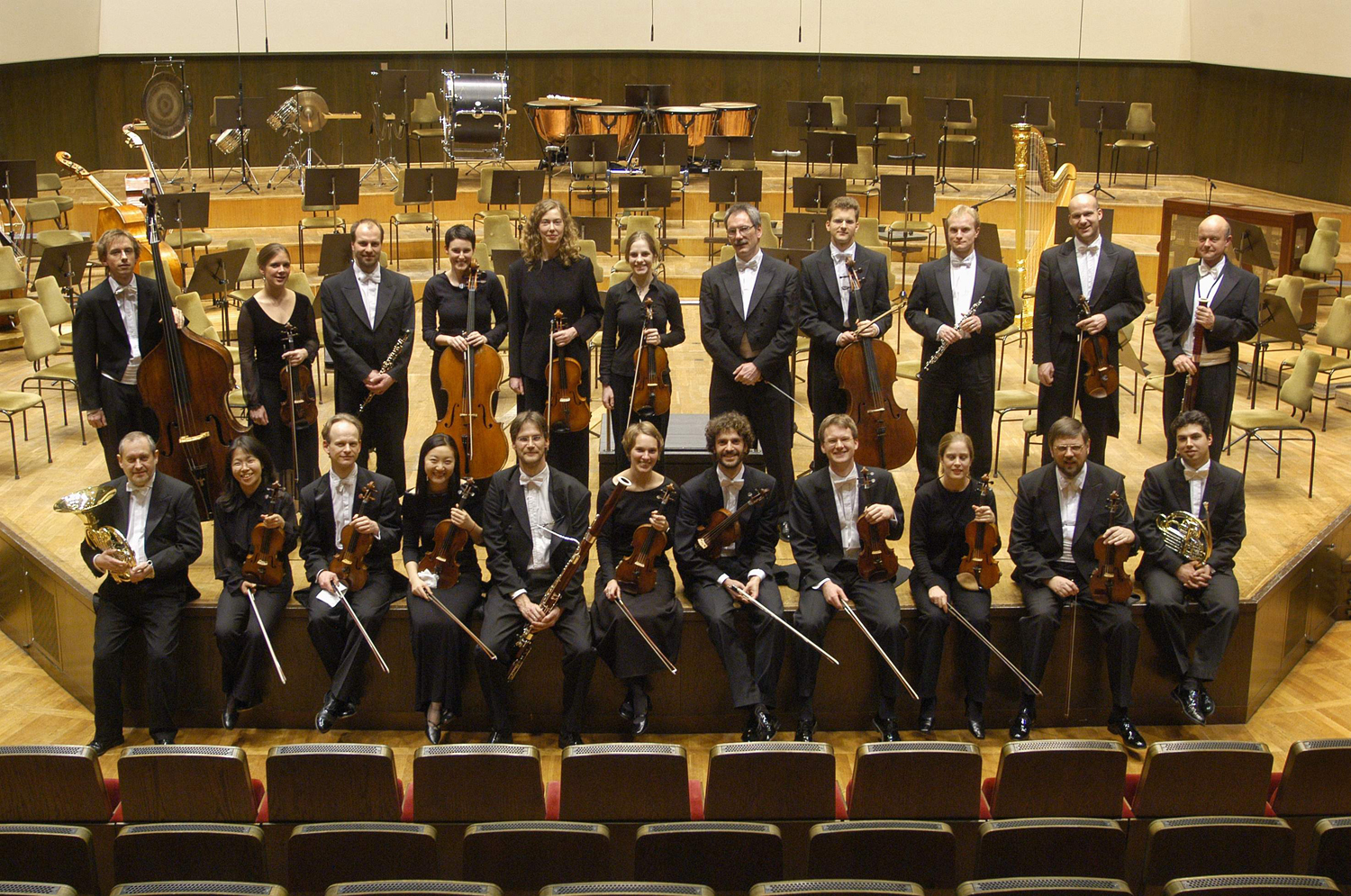
As indicated there, specialisation is a two-way street. Choral conductors are not, on the whole, by training or experience, steeped in the subtleties of purely orchestral direction. Though he had conducted orchestras in the context of choral performances since his days at the Academy, he found himself on a steep learning curve when he was appointed conductor of the Leipzig Chamber Orchestra, based at the famous Gewandhaus. That was in 2000. How long was it, I wondered, before he really felt comfortable in his new role? ‘It took a couple of years, actually. And right at the beginning I found myself in conflict with certain sections of the orchestra. I had very specific ideas, musical ideas, deriving from my experiences as a choral conductor, and I knew very well what I wanted to do when confronted with a purely instrumental score. But I came from a tradition very different from the one that faced me now. In the very first intermission in my first rehearsal with the LCO, I was taken aside by the orchestra’s chairman (who had proposed that I should take over the orchestra. He thought my ideas could be interesting for everyone). “Morten,” he said, “do you realise you’ve just turned the whole world upside down for these musicians? You told the string players, to breathe…to breathe with the woodwind players! Here at the Gewandhaus the strings don’t breathe. So we woodwind players don’t breathe either! We have to disguise our breathing in order to play like the strings”. I’d sensed a certain hostility from the string section, but hadn’t understood it. Now I did. As I said, my approach to instrumental music is very much coloured by my vocal experience. These musicians had been brought up in a school of string playing where you’re supposed to sit straight up-and-down, and not move your upper body, but just your arms. I’m quite the opposite. I want to see the orchestra move. I want to look over a field of wheat, and see the music blow over, and I want to see this wheat, the musicians, wave with the movement of the music. Eventually he prevailed, but it was a hard won struggle.’
As a scholar and academic as well as an artist, Schuldt-Jensen is refreshingly independent-minded. Was there ever any tension, I wondered, between his goals of an accurate sense of style, musicologically speaking, and the broad variety of interpretation for which he is known. As a musicologist-interpreter how flexible is he? ‘What I try to do is to find out what are the characteristics of a certain style, and what are their sources, and to be guided by that. I find it frustrating when many of my colleagues stand in front of an orchestra or ensemble and seem to be seeking something inside themselves. When you can hardly tell the difference from a stylistic point of view between Brahms and Bruckner, or Schütz, or Messiah, or what have you. I was brought up like that, encouraged to think of the audience as having come to hear me. And I thought, still think, that that’s too little. As a very curious musicologist, I’ve always thought there must be some characteristic, some definitive distinction between Romantic style and that of Schütz, say. Of course there is. But it seems not to be all that clear to everybody. I’ve just sat on a commission where a colleague of mine, of about 65, was provoked by one of the candidates, who tried to make something which I feel is characteristic of Bach, but he said “Where is the blood, where is the person, where is the real music-making here?” He was stimulated by what I would characterise as a romantic notion of the self. And he was very irked that the candidate was describing another style, seeking a different sound picture. I understood what he was saying, up to a point, and in the beginning I used to think to myself “But I’m just me. How can I slip into another costume without betraying myself?” That doesn’t trouble me anymore. Today, I believe, for instance, that if you practice baroque dancing, you can also be a wonderful tango dancer. If you train yourself in baroque dancing, modern ballet and Viennese waltzing, it can be difficult at first to keep the styles away from each other, but with practice, you’ll be able to dance correctly in one style while improving your abilities in another. Music, after all, is all about movement. It requires thinking, and the deliberate evocation of a world which is more than yourself. I seriously believe that by practising, and hopefully mastering, more and more senses of style, you will actually become a richer person. But it’s a long process.’
‘Today, we seem to have forgotten that dance was omnipresent in the time of Bach. And later too. When Mozart wrote his symphonies, he knew that in the minuets everyone would imagine themselves dancing it. They knew the steps, they knew the movements, they knew the sensations. Their bodies would almost instinctively move as they listened. And when Mozart plays with the metre of a minuet, making the listeners ‘trip’ in their imaginary dance, they would probably smile, and feel charmed, and spoken to. But today, nobody would notice this little ‘body joke’ of his. We’ve forgotten all of that. And many musicians aren’t at all comfortable with this. You know, this business with the string players in the LCO when I first came to them—their straight backs and expressionless faces, and their arms-only approach—I think this is a kind of post-Victorian hangover, where people think they have to suppress their physicality in order to be credible. It’s such a pity. Another thing to remember is that the composers who came after Bach were writing music that was meant to be used. All the sons of Bach wrote music for a purpose, often a very specific one. Though intelligently, of course, they were largely employed to entertain. Johann Christoph Friedrich Bach, whose music is the reason we’re talking now, is little known today, but he was an excellent craftsman who survived the teaching of a very severe father, who happened to be the greatest master of counterpoint who ever lived.
Not an easy man to cheat! Any mistake in your counterpoint and you can be sure he would spot it immediately. And his composing sons, of course, the eldest wasn’t able to stand the pressure of his father, whom he idolised. It broke his whole personality. Carl Philip Emanuel, Johann Christian and Johann Christian Friedrich, on the other hand, all survived, as both men and artists. But they all had to get away from their father, to find and develop something for themselves. Like their father, though, they all wrote dance music—including Christian Friedrich in the symphonies on our disc. I have to admit that I didn’t know these works at all before undertaking this project, indeed, like most other musicians I think, I knew nothing else by him either. It’s been a lovely discovery. Though he was in fact a prolific composer, it’s difficult to talk much about his output in general because such a large amount of his works was lost during the Second World War. He wrote a great deal of choral music—oratorios and other things—most of which has disappeared. And much that has come down exists only incompletely. Symphonies, for instance, that exist only in piano reductions, or sketches. Of the symphonies we’ve recorded, three are in the original instrumentation, but all we have of the fourth is a piano sketch.’
Where, I asked, would Schuldt-Jensen place Johann Christian Friedrich, stylistically speaking, as between CPE (the most famous Bach of his lifetime) and Johann Christian? ‘It’s really not possible to put it in terms of a ladder like that, though I realise that you are speaking stylistically not qualitatively. Johann Christian went to Italy and to London and he was a man of the world, and he was acquainted with Mozart, and he was really international. It made his style a little chameleon-like, he didn’t really develop what you might call a JC Bach style. Johann Christian Friedrich, by contrast, lived in one place for 25 years. Almost like Haydn in Hungary. He lived in Bückeburg on the Dutch border, and it’s a very small castle—he had more or less one master, and though he developed his own style, it wasn’t a highly distinctive one. He was not a great composer, but he was a very good composer. A good craftsman, as I said, and a humourist!
He’s rather like Haydn in this respect. In the C major Symphony, there’s one passage of eight bars which is in a completely different style from the rest of the work. First there’s a perfectly conventional cadence, then come these eight bars of completely different music, and then the cadence comes again, in a very slightly changed version. And I thought “What will I do with this? Just to play over it, so to speak, would surely be to miss the point.” I didn’t really understand it, I must say, but then at some time in the recording session I thought, maybe, just maybe, this is a musical joke. So when we recorded this last movement, I said to a few of the musicians “Could I persuade you to play this passage a quarter-tone higher, and then you (this to another group), you play the same passage a quarter-tone lower?” So, I detuned the orchestra, changed the orchestral balances, and all of a sudden the structure of the music, which is very folk like, in contrast to the surrounding scholarly style which precedes it, seems to make a strange kind of sense. “So when we come to the end of these bars,” I told them, please play the final cadence in tune, and loud.” And in my opinion it worked.’
And what made him think of this rather bizarre solution? ‘You know, I’m, not sure. It was largely a question of structure, I think. When you have a person like Johann Christian Friedrich, who you know has been dragged through all kinds of styles, of stylistic practices, as a young person, and who is able to write however he wants…when he suddenly writes in another style, there must be a message in that. The question is always “Why does he do this? What’s he trying to tell us?” When we discussed this idea about those eight bars with our recording engineer he was appalled! I suggested recording it in two versions, with a bonus track, but after further reflection I rejected that. So we did just the one version, the de-tuned one. An act of audacity on my part, maybe—and certainly not everyone will be amused—but I’m amused!’
And so will many listeners be. Not the least of Schuldt-Jensen’s interpretative characteristics is his openness to having fun.











